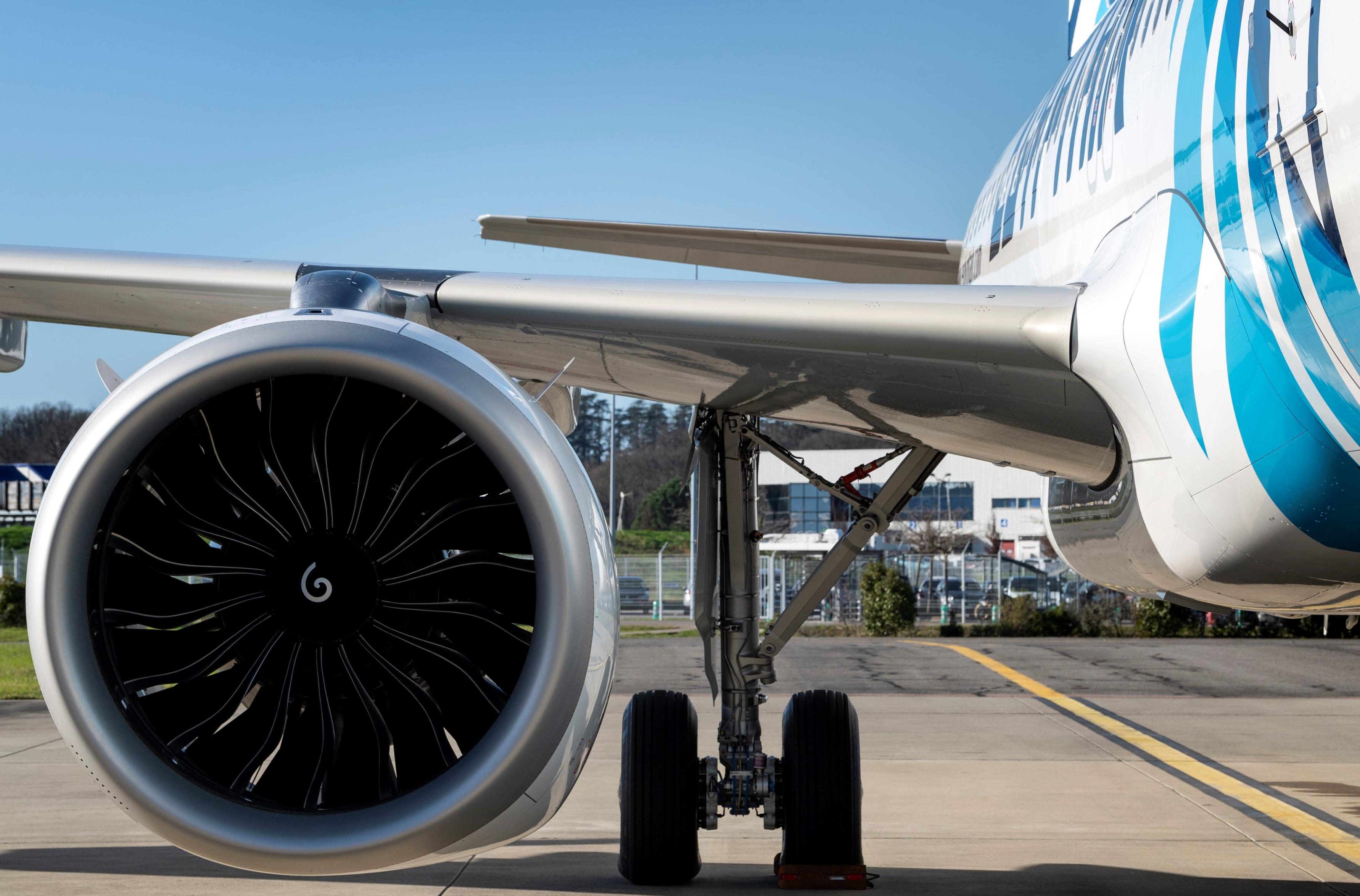
Credit: Airbus SAS 2020 / Pascal Pigeyre / Master Films
WASHINGTON—A proposed FAA mandate sheds light on CFM Leap-1A issues plaguing operators in the Middle East and North African environments, identifying dust buildup as the cause of high-pressure turbine rotor blade deterioration and at least two in-service incidents. The proposed airworthiness...
Subscription Required
This content requires a subscription to one of the Aviation Week Intelligence Network (AWIN) bundles.
Schedule a demo today to find out how you can access this content and similar content related to your area of the global aviation industry.
Already an AWIN subscriber? Login
Did you know? Aviation Week has won top honors multiple times in the Jesse H. Neal National Business Journalism Awards, the business-to-business media equivalent of the Pulitzer Prizes.

